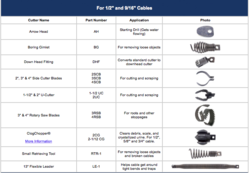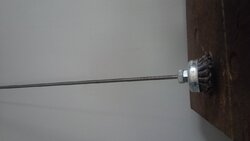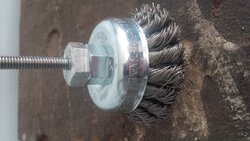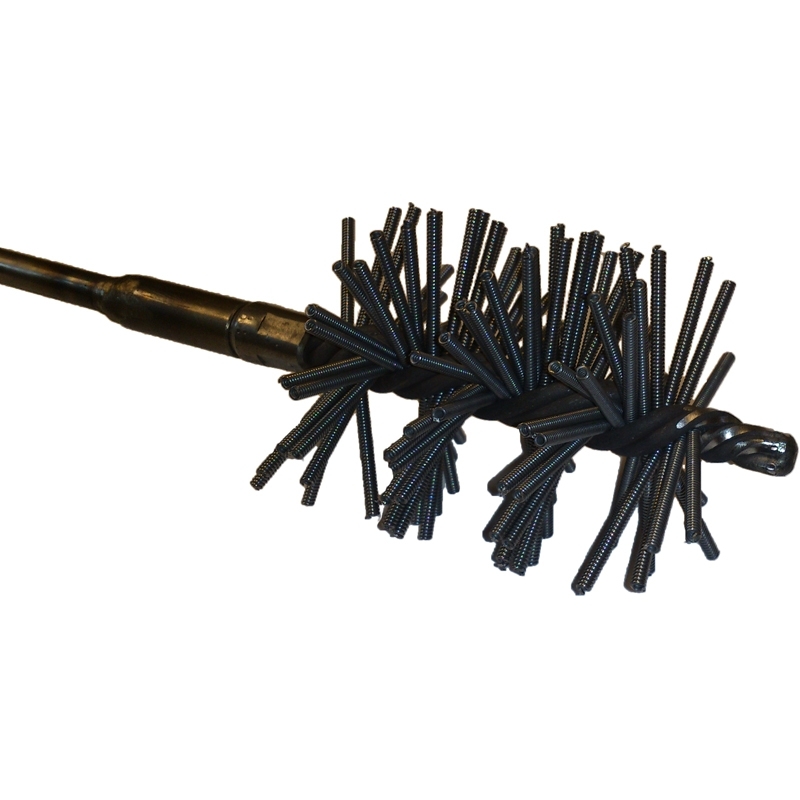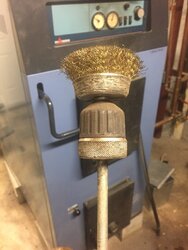I've been think about building a heavy duty cleaner for the fire tubes. Then I remembered my drain clean daze
The cutter heads built for drain snakes are very durable and long lasting. I'd bet there is one close to the size of most tubes, or one that could be modified to fit.

The cutter heads built for drain snakes are very durable and long lasting. I'd bet there is one close to the size of most tubes, or one that could be modified to fit.



